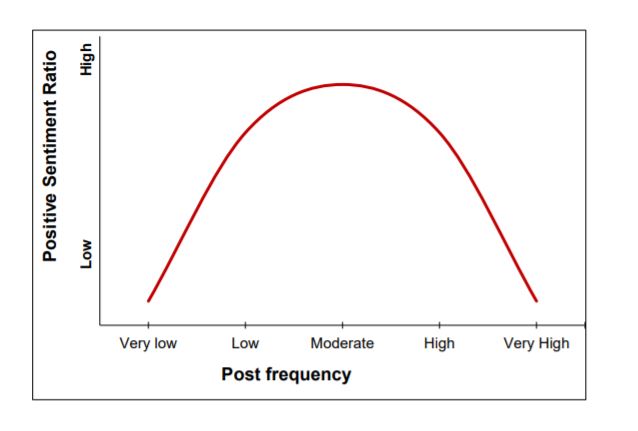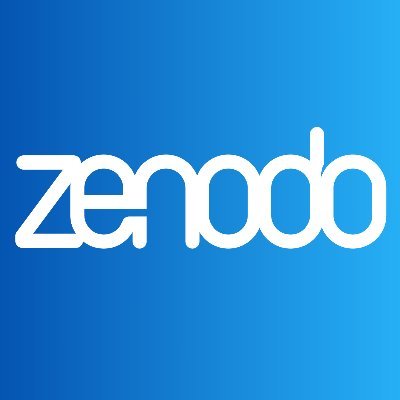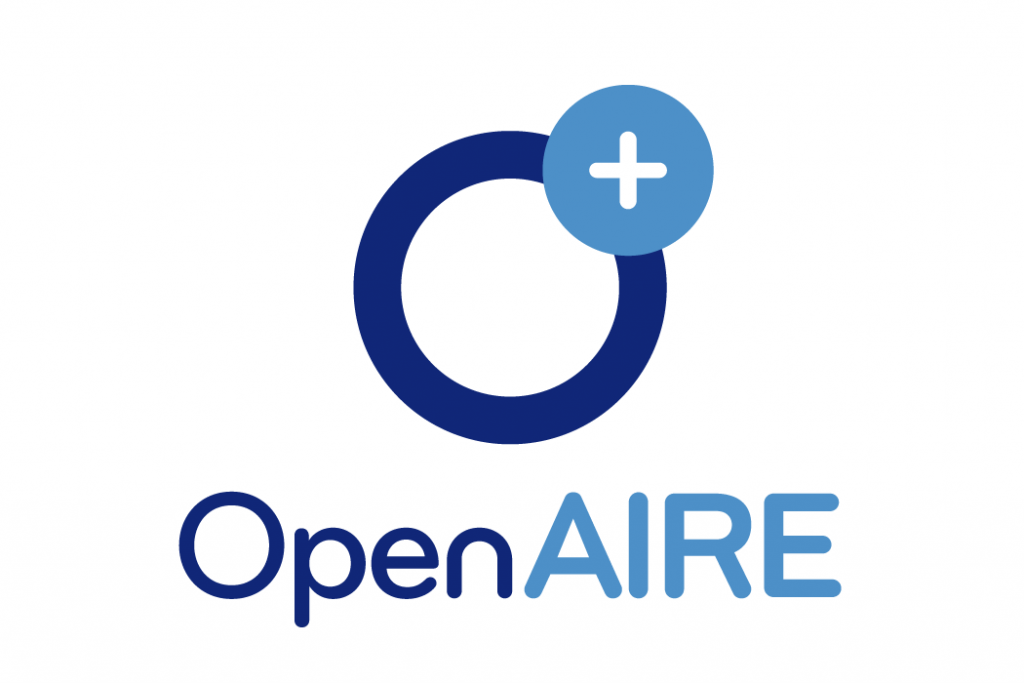Inverted u-shaped impact of social media posting frequency on engagement and sentiment ratio
Keywords:
Follower Engagement, Inverted U-shape, Longitudinal models, Positive brand mention, Social mediaAbstract
The frequency with which companies should publish on social media is one of the most often asked topics. It has been hypothesized that there is an optimal frequency of posting on social media networks that improves a business's capacity to engage with followers and to increase positive brand mentions. Surpassing this quantity and posting too often will leave followers feeling overwhelmed. Thus, it is important to figure out what frequency level is optimal for content posting in social media to increase follower engagement and positive brand mentions. The objective of this research is to verify this hypothesis and to find out the optimal frequency level for content posting on social media. Several quadratic longitudinal models have been implemented. The dataset contains weekly data from 2016 to 2017 for 5 companies, making 525 sample longitudinal data points. According to the findings of this research, the optimal frequency for social media content posting is 6-7 posts in a week. Publishing more than that reduces engagement and positive brand mention. The findings of this research will assist companies and social media executives in incorporating optimal frequency levels into their social media marketing plan.

Downloads
Published
How to Cite
Issue
Section
License
Copyright (c) 2017 ResearchBerg

This work is licensed under a Creative Commons Attribution-NonCommercial-NoDerivatives 4.0 International License.
Creative Commons licenses are used to publish Open Access articles, which provide the legal basis for users to access, distribute, and reuse the content. EQME allows authors to apply one of the following Creative Commons licenses to their work, each of which affords readers distinct rights in terms of commercial use and the capacity to create derivative versions:
CC-BY (Creative Commons Attribution License)
CC-BY-NC-ND (Creative Commons Non-Commercial No Derivatives License)
CC-BY-NC-SA (Creative Commons Non-Commercial Share-a-like)
In each situation, the creator must be given credit, and if derivative versions of the work are created, the alterations must be noted.






